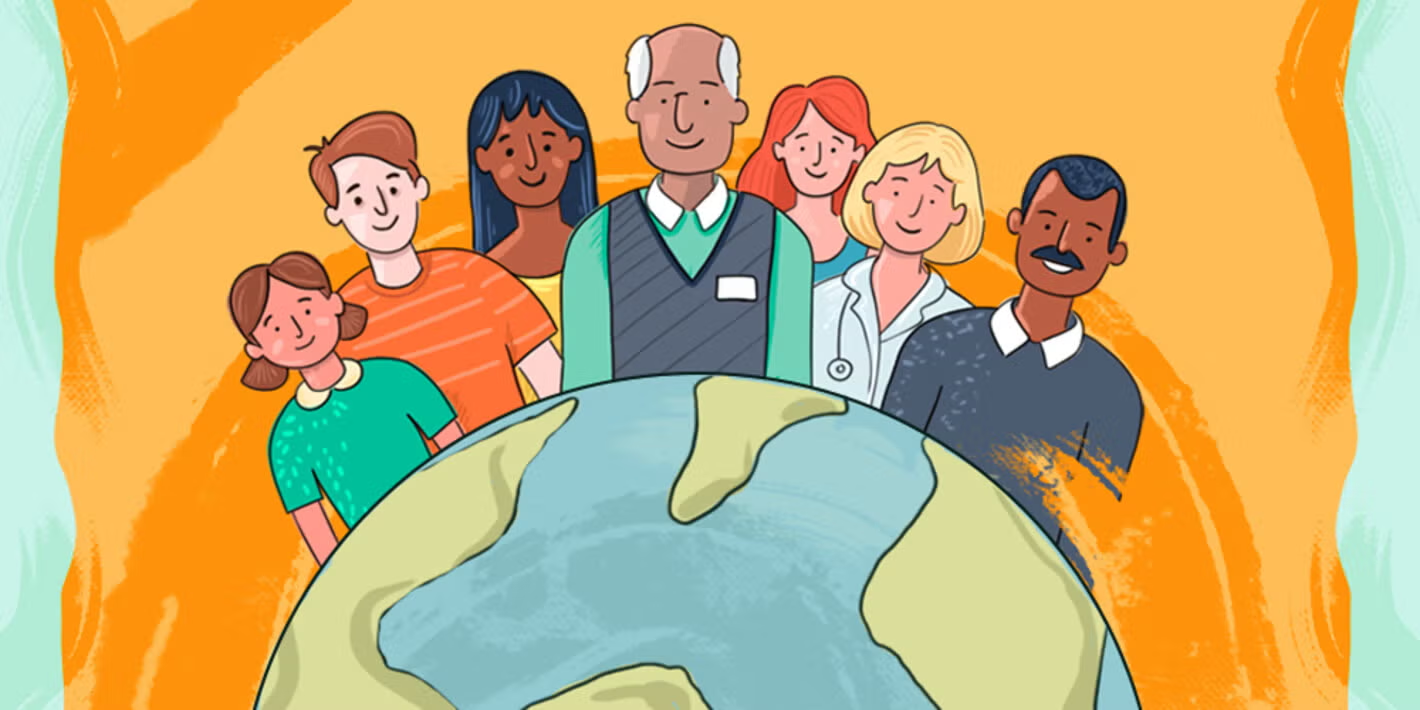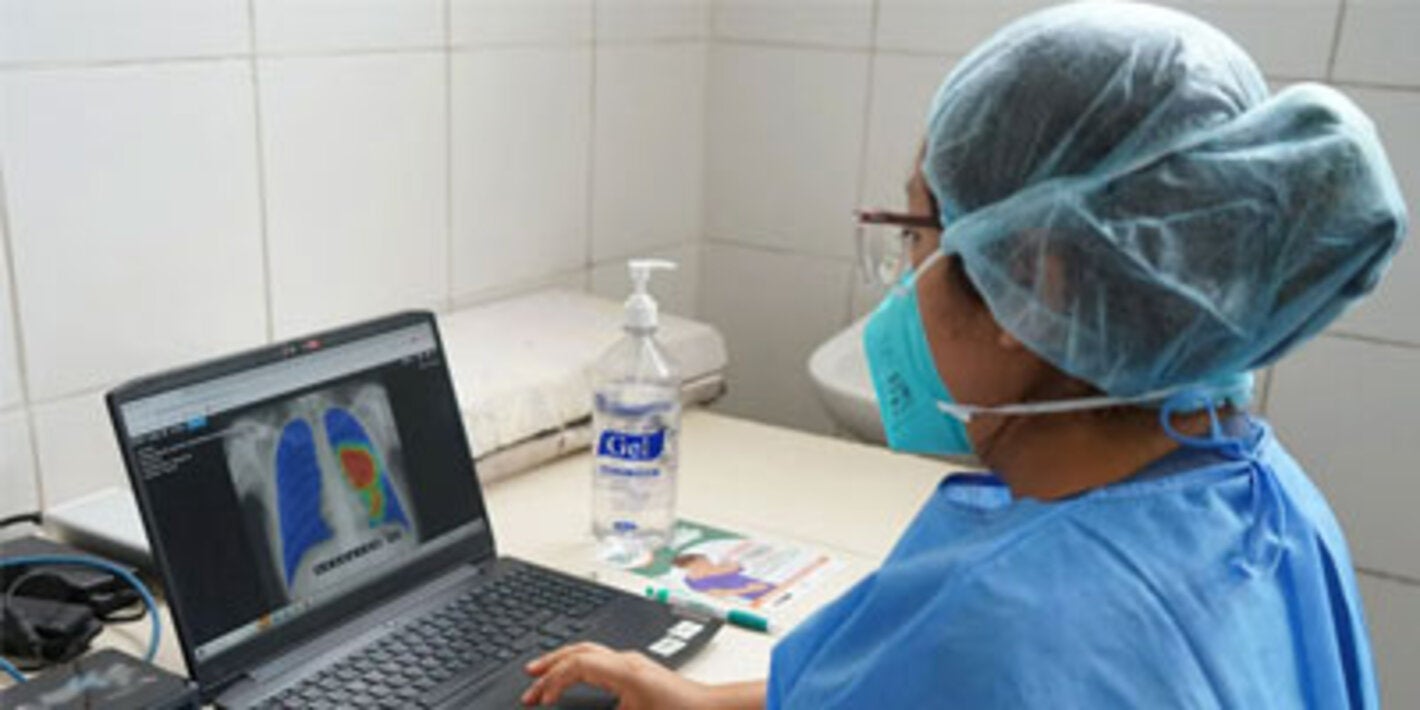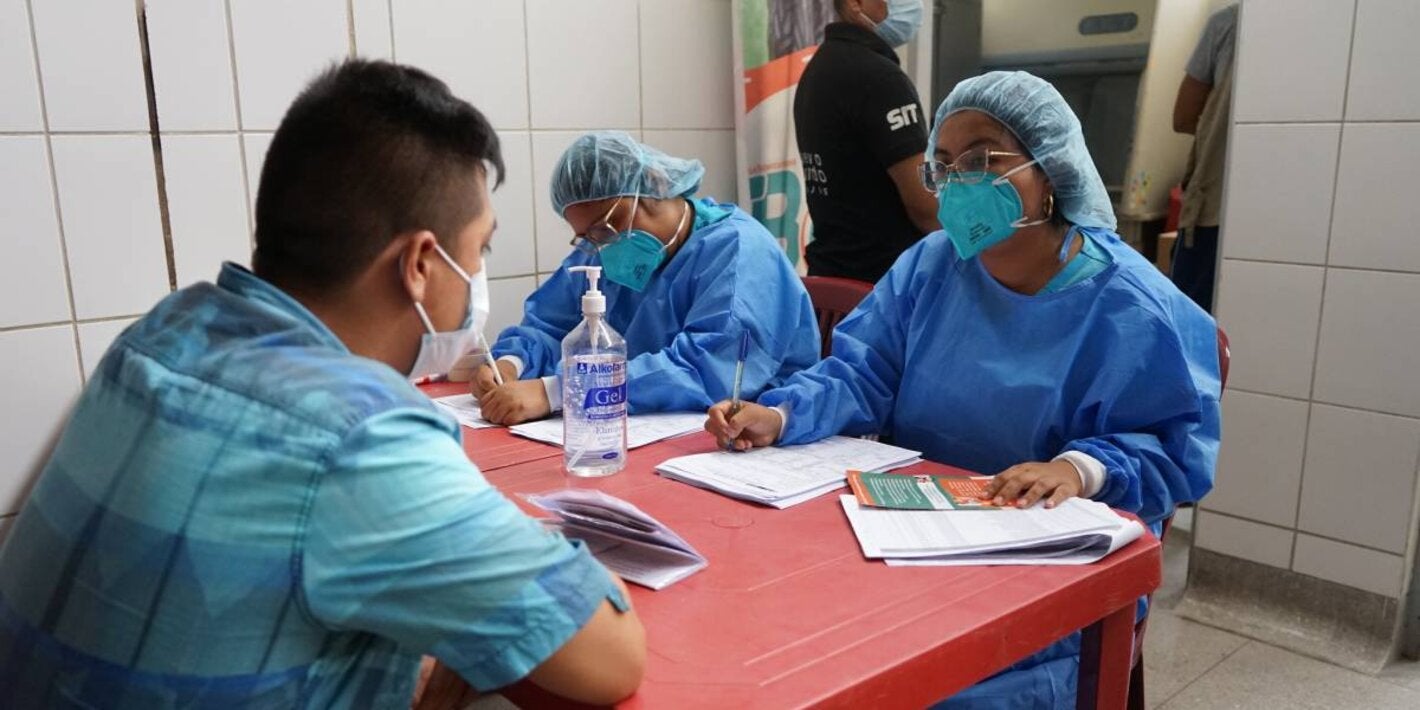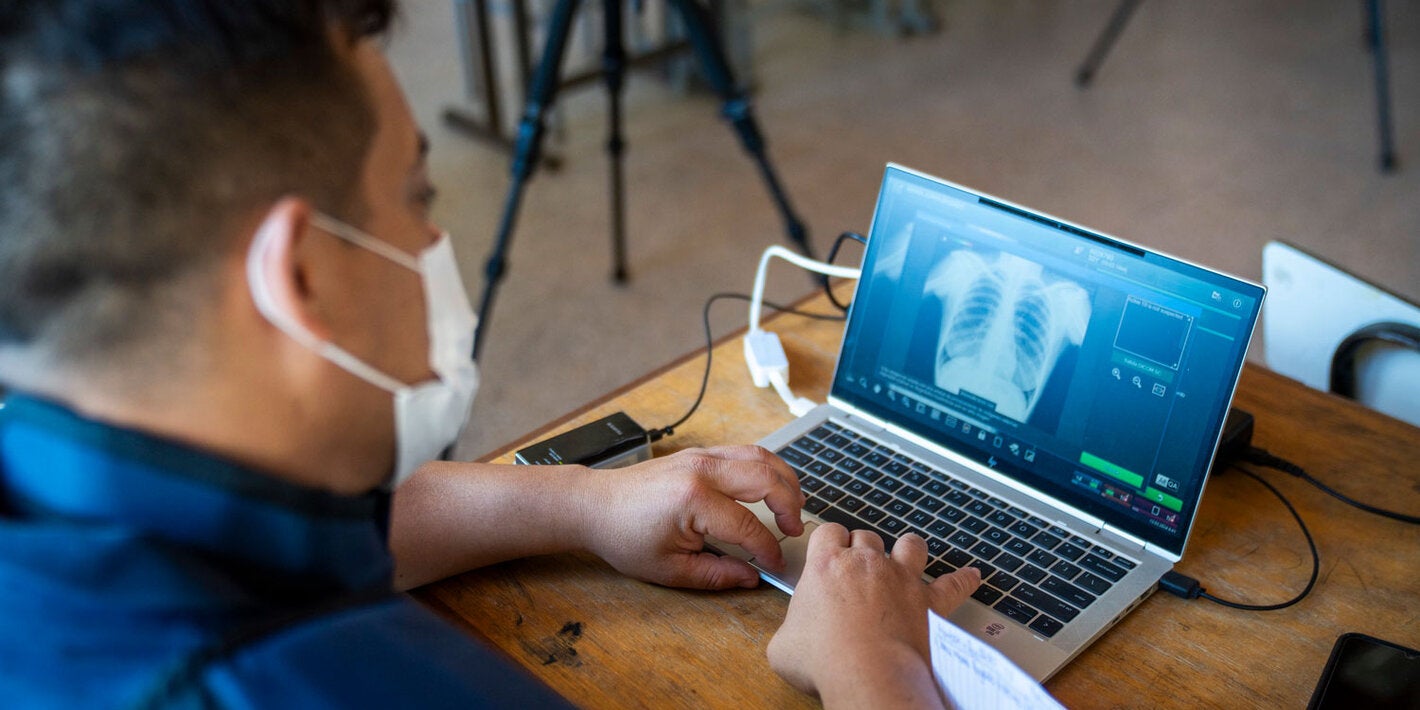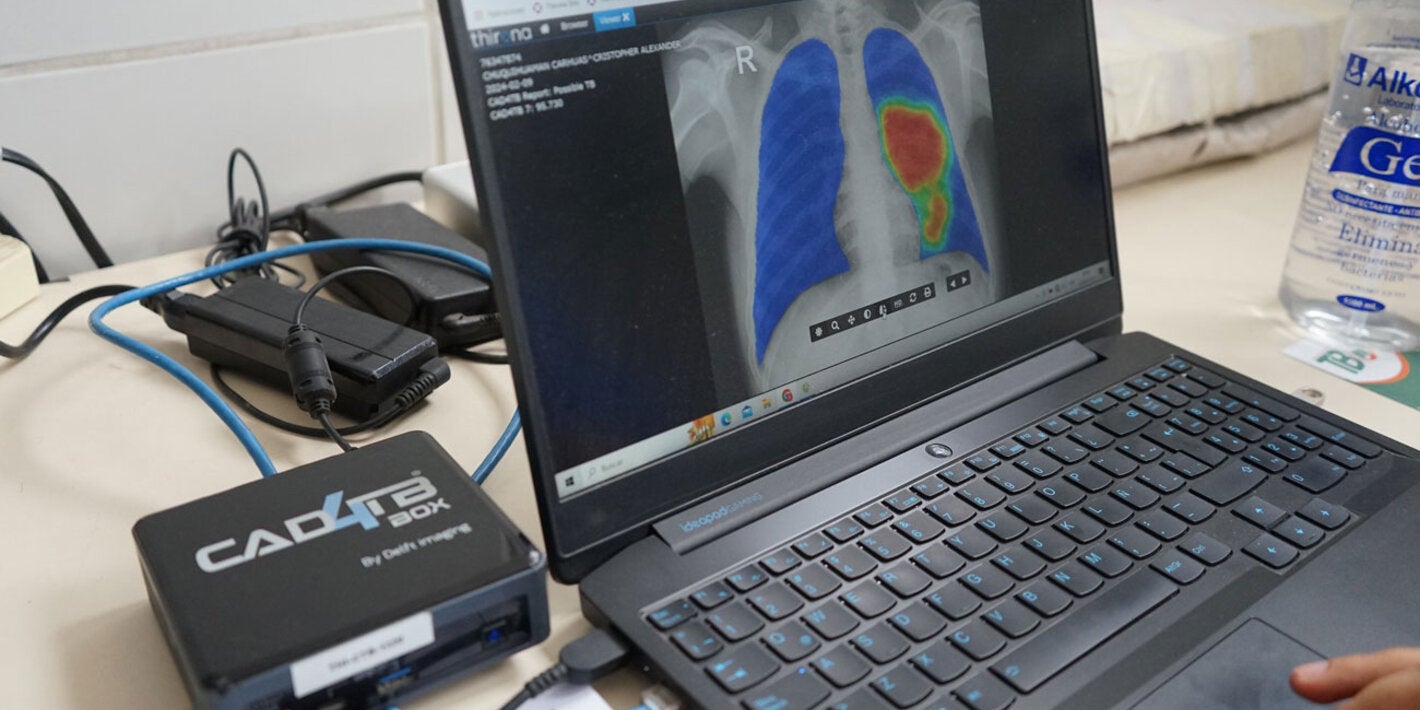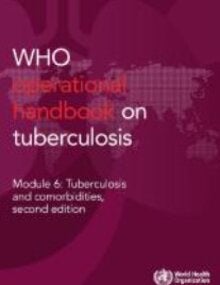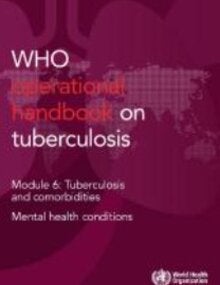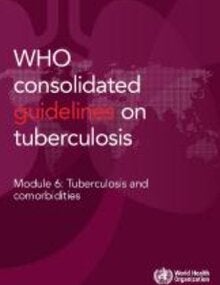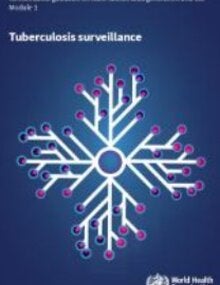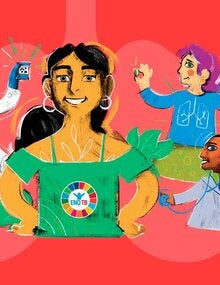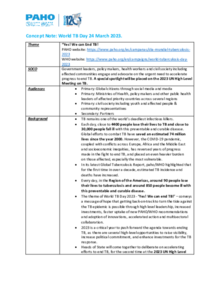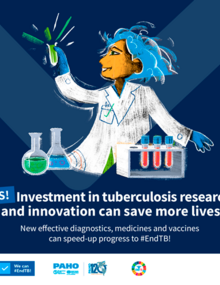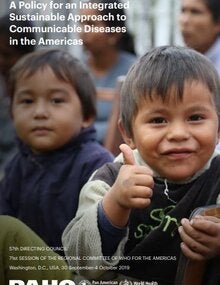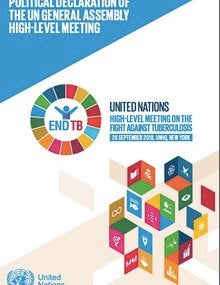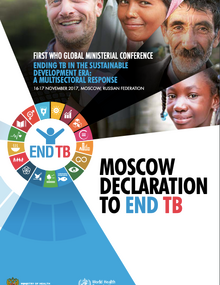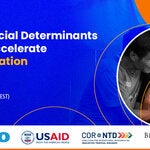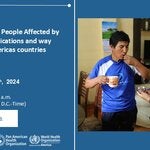SUBMENU
TB is an infectious bacterial disease caused by Mycobacterium tuberculosis, which most commonly affects the lungs. It is transmitted from person to person through the air. The symptoms of active TB include cough, chest pains, weakness, weight loss, fever and night sweats. In healthy people, infection often does not cause symptoms, because the person’s immune system acts to wall off the bacteria.
- The Americas region has recovered and surpassed the notification of cases compared to pre-pandemic levels; in 2023, the highest number of cases has been reported since WHO has records for the region.
- For that same year (2023), it was estimated that there were about 342,000 (309,000-376,000) cases, which represented an increase of 6.6% compared to the previous year, and compared to the 2015 rate (baseline for the End TB strategy), the increase was 20%.
- 80% of the cases are concentrated in eight countries, with rates ranging from 58 to 173 cases per 100,000 inhabitants; at the same time, there are another seventeen countries and territories, particularly in the Caribbean region, that have incidence rates of less than 10 cases per 100,000 inhabitants, placing them within the low-incidence group, close to the thresholds for moving towards TB elimination.
- It was estimated that the number of people who died with tuberculosis in 2023 decreased by 5.4% compared to the previous year; however, compared to the 2015 baseline, there was an increase of 44%.
- Access to rapid molecular diagnostic tests increased by 7%, from 40% in 2022 to 47% in 2023; this increase was lower compared to the 10% increase between 2021 and 2022.
- 18 countries have implemented the shortened TPT 3HP regimen for the prevention of drug-susceptible TB, and 10 have implemented the 6Lfx regimen for drug-resistant TB.
- The End TB Strategy aims to end the global tuberculosis epidemic and is linked to the Sustainable Development Goals (SDGs), under three high-level indicators: reducing the number of tuberculosis deaths by 95% compared to 2015, reducing new cases by 90% between 2015 and 2035, and ensuring that no family faces catastrophic costs due to tuberculosis.



